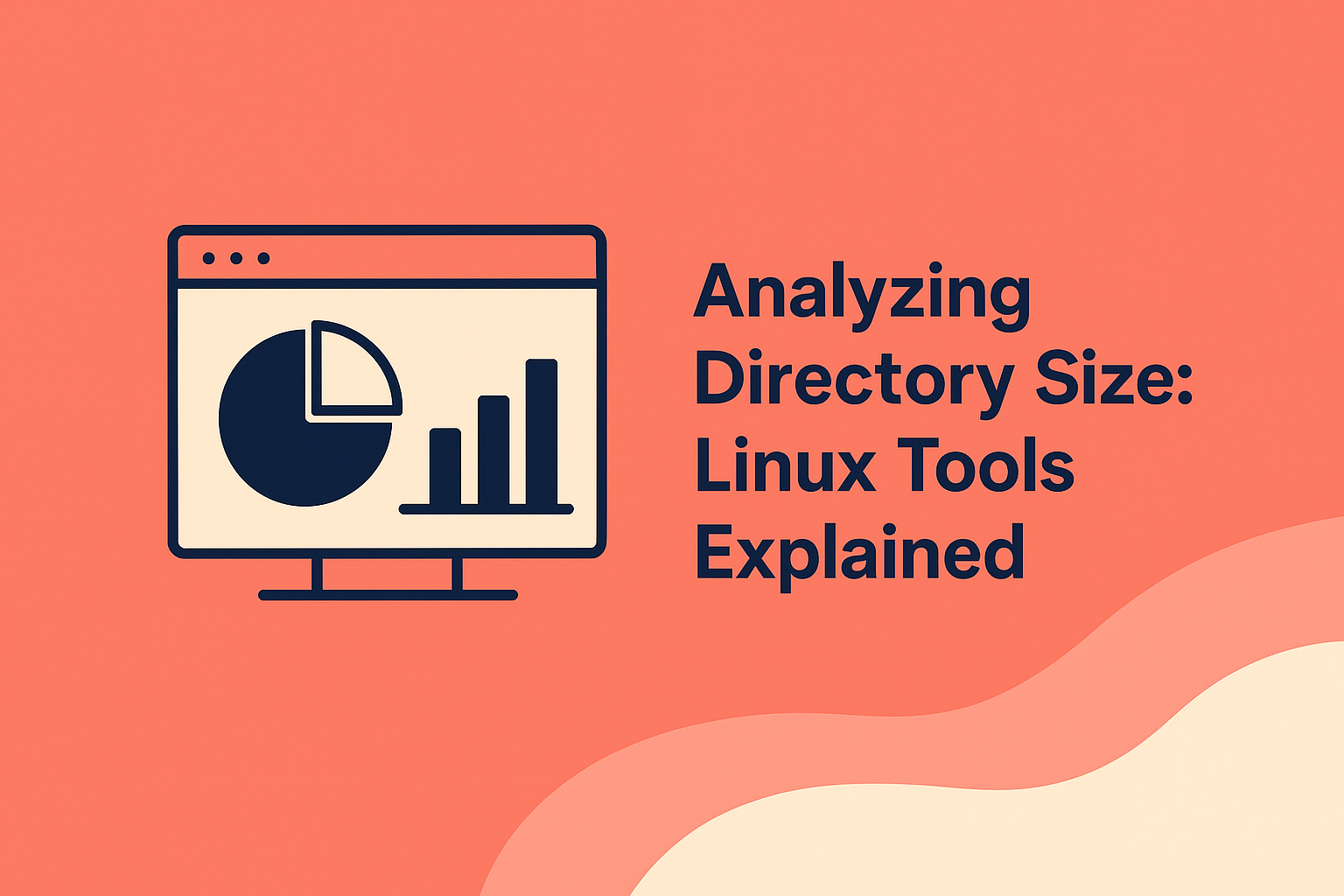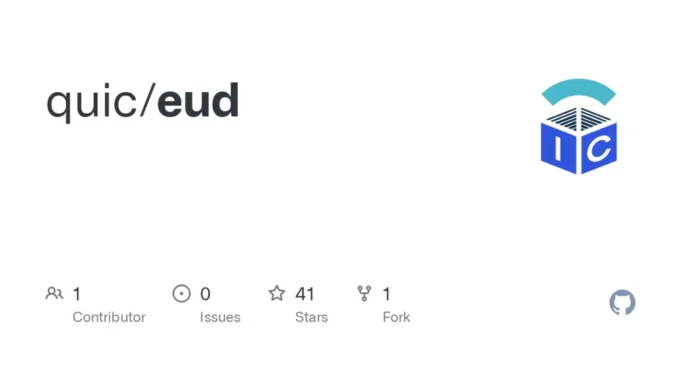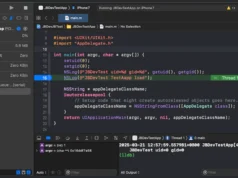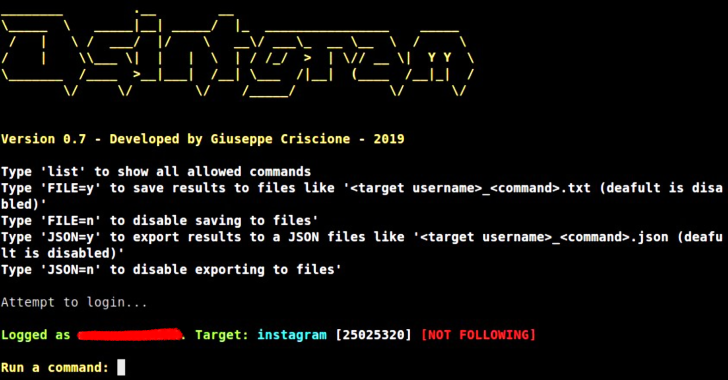The Embedded USB Debugger (EUD) is a sophisticated tool developed by Qualcomm to enhance the debugging and development processes for embedded systems.
It functions as a mini High-Speed USB on-chip hub, providing USB-based debug and trace capabilities. EUD is particularly useful for diagnosing and resolving issues in complex embedded systems by leveraging the widely supported USB interface.
Functionality Of EUD
EUD supports a variety of peripherals, including:
- CTRL: A control interface for managing and configuring the embedded system.
- SWD (Serial Wire Debug): A two-pin interface for debugging and programming ARM-based microcontrollers.
- JTAG (Joint Test Action Group): A standard interface for debugging and testing integrated circuits.
- TRACE: A high-speed interface for capturing real-time trace data from the embedded system.
- COM: A communication interface for serial communication with the embedded system.
These interfaces enable seamless communication between the host system and the embedded device, facilitating efficient debugging.
EUD Dependencies
To function properly, EUD relies on several libraries:
- libusb-1.0.dll: Required for USB driver functionality.
- libgcc_s_seh-1.dll: GCC runtime library providing support for exception handling and other runtime features.
- libwinpthread-1.dll: pthread library for POSIX thread support.
- libstdc++-6.dll: GNU Standard C++ library providing standard C++ library functions.
Building EUD
To build EUD, you can follow these steps:
- Autoreconf: Run
autoreconf --verbose --force --install. - Configure: Use
./configure --enable-dll(ignore--enable-dllif building on Linux). - Make: Execute
maketo compile the project.
EUD is licensed under the GPL-2.0 or BSD 3-clause “New” or “Revised” License. For more details, refer to the LICENSE file.
While EUD offers powerful debugging capabilities, its use is somewhat restricted.
The tools necessary for utilizing EUD fully are not openly available and require access through the Qualcomm Package Manager, often involving non-disclosure agreements (NDAs).
This limitation hinders widespread adoption and use of EUD outside of Qualcomm’s ecosystem.
In summary, EUD is a valuable tool for developers working with Qualcomm chipsets, but its accessibility and usability are constrained by proprietary requirements.

















